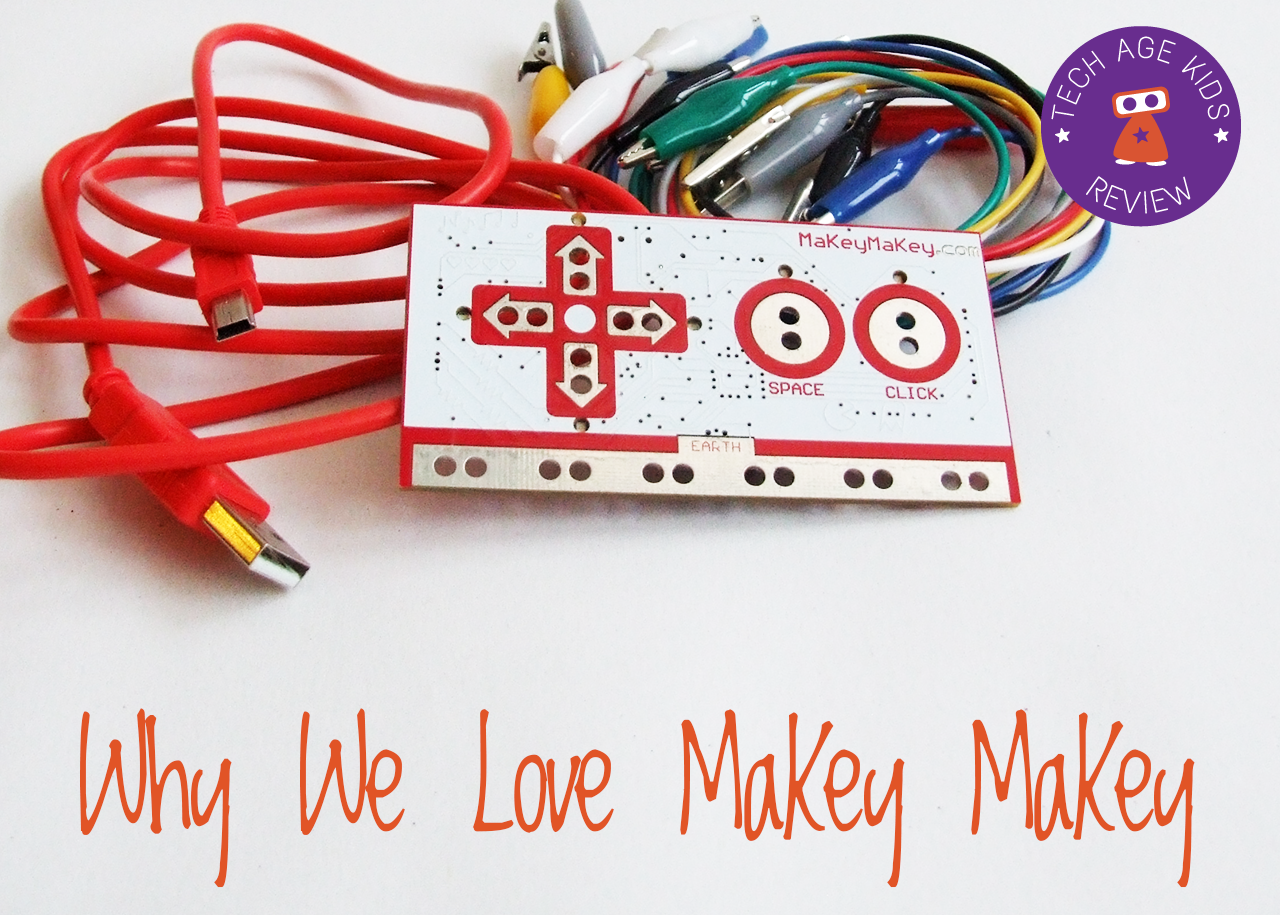

Exploring The World Of Makey Makey Apps: Creativity Unleashed
Makey Makey apps have revolutionized the way we interact with technology, merging creativity with innovation. This incredible invention allows users to turn everyday objects into touchpads and controllers, enabling a myriad of applications across various fields. Whether you are an educator, a hobbyist, or a professional developer, understanding the capabilities and potential of Makey Makey apps can open up a world of possibilities. In this article, we will delve deep into the fascinating realm of Makey Makey, exploring what it is, how it works, and the various applications that can be created with this technology.
In addition to the basic functionality, we will also discuss the various Makey Makey apps available in the market, their unique features, and how they can be utilized effectively. With the growing interest in STEM education and the Maker movement, these apps serve as valuable tools for engaging learners and fostering creativity. So, whether you are looking to enhance your teaching methods or simply want to explore the creative side of technology, this guide will provide you with all the information you need.
As we embark on this journey, we will ensure that you have a comprehensive understanding of everything related to Makey Makey apps. From practical applications to inspiring examples, get ready to unlock your creativity and discover the endless possibilities that await you. Let’s dive in!
Table of Contents
- What is Makey Makey?
- How Does Makey Makey Work?
- Applications of Makey Makey
- Popular Makey Makey Apps
- Educational Benefits of Makey Makey Apps
- Creating Your Own Makey Makey App
- Makey Makey Case Studies
- Conclusion
What is Makey Makey?
Makey Makey is an innovative invention kit that allows users to connect everyday objects to a computer, transforming them into interactive devices. Developed by Jay Silver and Eric Rosenbaum at MIT Media Lab, this tool emphasizes the concept of creativity in technology. By utilizing simple electrical circuits, users can create touchpads from virtually any conductive material, turning bananas, play-dough, or even water into controllers.
Key Features of Makey Makey
- Easy to use for all ages
- Compatible with various operating systems
- Encourages creativity and innovation
- Supports STEAM learning
How Does Makey Makey Work?
The functionality of Makey Makey is based on the principles of conductivity and circuit completion. This device connects to a computer via USB and allows users to create connections using alligator clips. When a user touches a conductive object, it completes the circuit and sends a signal to the computer, registering it as a keystroke or mouse click.
Basic Components of a Makey Makey Kit
- Makey Makey board
- USB cable
- Alligator clips
- Conductive materials (fruits, metal, etc.)
Applications of Makey Makey
Makey Makey can be utilized in a diverse range of applications, from educational environments to art installations. Here are some prominent uses:
- Interactive art projects
- Educational tools for teaching coding and electronics
- Prototyping for product design
- Game development and interactive storytelling
Popular Makey Makey Apps
Several apps have been developed specifically for use with Makey Makey, enhancing its functionality. Some of the most popular Makey Makey apps include:
- Scratch: A programming language that allows users to create interactive stories and games.
- Makey Makey Scratch Extension: A direct extension for integrating Makey Makey with Scratch projects.
- Google Slides: Turn presentations into interactive experiences by using Makey Makey.
- Music Apps: Create musical instruments using everyday objects.
Educational Benefits of Makey Makey Apps
Incorporating Makey Makey into educational settings offers numerous benefits:
- Encourages hands-on learning and experimentation.
- Fosters creativity and problem-solving skills.
- Promotes collaboration among students.
- Enhances engagement in STEM subjects.
Creating Your Own Makey Makey App
Developing your own app with Makey Makey is a rewarding experience. Here’s a basic guide on how to start:
- Gather materials: Choose conductive materials and a computer.
- Connect the Makey Makey: Use alligator clips to connect the objects to the Makey Makey board.
- Choose your software: Use Scratch or other programming platforms compatible with Makey Makey.
- Program your app: Design the interactions you want for your project.
Makey Makey Case Studies
Several educators and innovators have successfully implemented Makey Makey in their projects. Here are a few inspiring case studies:
- A high school teacher integrated Makey Makey into a physics curriculum, allowing students to create experiments using conductive materials.
- An art installation utilized Makey Makey to create an interactive environment, engaging visitors in a tactile experience.
- A coding club used Makey Makey to develop a game where players interacted with real-world objects.
Conclusion
In conclusion, Makey Makey apps are transforming the way we approach technology, education, and creativity. By bridging the gap between the physical world and digital interaction, these tools empower individuals to innovate and explore new possibilities. We encourage you to experiment with Makey Makey, whether in the classroom or at home, and see how it can enhance your projects and learning experiences. Share your thoughts in the comments below, or explore more articles on our site to continue your journey into the world of technology and creativity.
Thank you for reading, and we hope you found this article helpful! We look forward to seeing you back on our site for more exciting content.
Dairy Queen Dipped Cone Special: A Delightful Treat For Ice Cream Lovers
The Egg Weir: A Comprehensive Guide To Its Significance And Functionality
City Hall In Norwalk, CT: A Comprehensive Guide

/cdn.vox-cdn.com/imported_assets/1068108/7167036798_9e490c776f_z.jpg)
